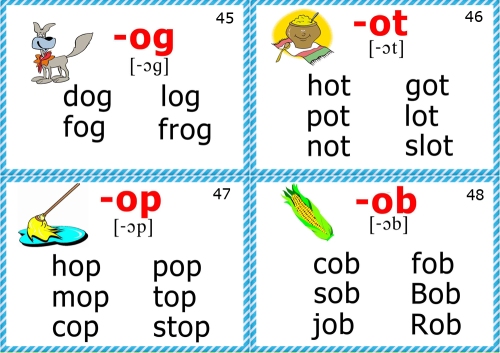Teaching young learners is like taking care of a plant – it takes dedication, patience, and daily care. You need to water plants daily, give adequate sunlight and air flow. Then it will grow into a beautiful flower, or leafy plant.

Google Images
In the same way, teaching young learners takes lots of preparation, daily instruction and practice, and a whole lot of love and patience. Helping children develop social, personal, and language skills is all part of a teacher’s job.

Google Images – Shepherdkids.com
In developing language skills, building phonological awareness is one of the building blocks of development. I recently came across a fantastic article focused on this topic, and I’d like to share part of it with you.
What is phonological awareness?
There are two things I’d like to clarify:
- Phonological awareness is the ability to recognize that words are made up of sound units. The term encompasses a number of sound related skills necessary for a person to develop as a reader. As a child develops phonological awareness she not only comes to understand that words are made up of small sound units (phonemes). She also learns that words can be segmented into larger sound “chunks” known as syllables and each syllable begin with a sound (onset) and ends with another sound (rime).
Phonological awareness provides the basis for phonics. Phonics, the understanding that sounds and print letters are connected, is the first step towards the act we call reading. When measuring a child’s phonological awareness look at his ability to apply several different skills. A child with strong phonological awareness should be able to recognize and use rhyme, break words into syllables, blend phonemes into syllables and words, identify the beginning and ending sounds in a syllable and see smaller words within larger words (ie. “cat” in “catalog”).
2. There is also phonemic awareness – This is sometimes confused with phonological awareness. It is but one aspect of phonological awareness. While phonemic awareness also involves an understanding of the ways that sounds function in words, it deals with only one aspect of sound: the phoneme. A phoneme is the smallest unit of sound in a language that holds meaning. Almost all words are made up of a number of phonemes blended together. Consider the word “ball”. It is made up of three phonemes: /b/ /aw/ /l/ . Each of its sounds affects the meaning. Take away the /b/ sound and replace it with /w/ and you have an entirely different word. Change the /aw/ for an /e/ sound and again the meaning changes.
Phonemic awareness is just one aspect of phonological awareness.While phonological awareness encompasses a child’s ability to recognize the many ways sounds function in words, phonemic awareness is only her understanding of the most minute sound units in words. Because phonemic awareness is a sub-skill under the phonological awareness “umbrella” not all of the measures for determining a reader’s skill level are applied when assessing it. A reader with strong phonemic awareness will demonstrate the ability to hear rhyme and alliteration (the repetition of the same consonant sound at the beginning of several different words used in a sentence or paragraph), find the different sound in a set of words (ie. “bat”, “ball”, “wet”) and blend and segment phonemes. (source)

Google Images – englishforkidz.com
How do you build phonological awareness?
The article I read had some excellent activities. TPR (total physical response), songs and chants are fun and engaging for students! Here are a few directly from the article.
Awareness of Gross Motor Differences
Hold up two fists and say a sentence together. As you recite each word in the sentence, put up a finger to represent each word. Count how many words are in the sentence. This sentence you are reading has eight words.
Awareness of Rhyme
Do you have a favorite nursery rhyme? Reciting nursery rhymes together is great for identify rhyming words.
There are also some wonderful picture books available that have rhyming words for children to identify. Just remember that they don’t need identify the words in print, they simply need to hear them orally.
Segmentation of Words into Syllables
I’ve found that simply clapping while saying a word helps a child segment a word into syllables. Children always like to start with their own names and names of their friends. The word table would get two claps- ta ble.

Google images – topnotchteaching.com
Awareness of Initial Consonant Segments
Play a game of picky puppet. You will need a simple sock puppet and some picture cards. Picky puppet only likes things that begin with a sound it chooses. For example, if picky puppet likes cookies, then it will only want the child to select picture cards that begin with /c/.
Blending is the opposite of segmenting. Say the individual phonemes and have the child blend them together to form the word. For example, the adult would say /b/ /i/ and /g/ and the child would say big.
There are plenty of other games and activities you can try! You may have some of your own that work well!
Building phonological awareness takes time and daily practice. Some students will pick up on phonics skills more quickly than others, but as long as you use effective, engaging, and fun methods, your students will be successful!



